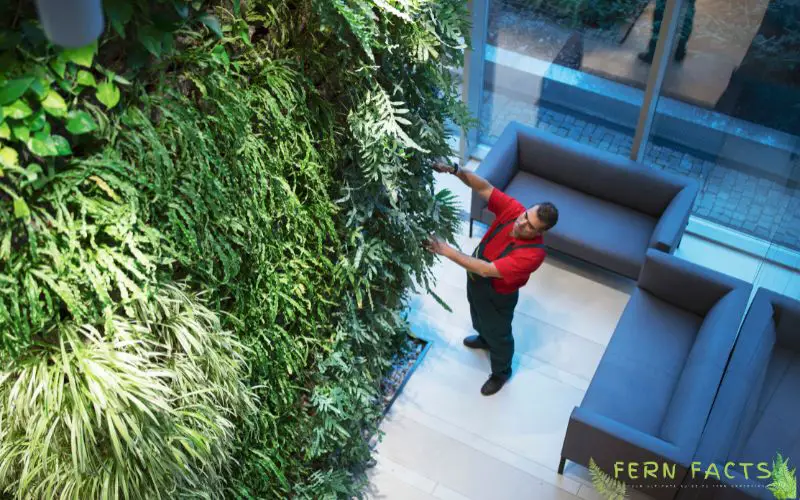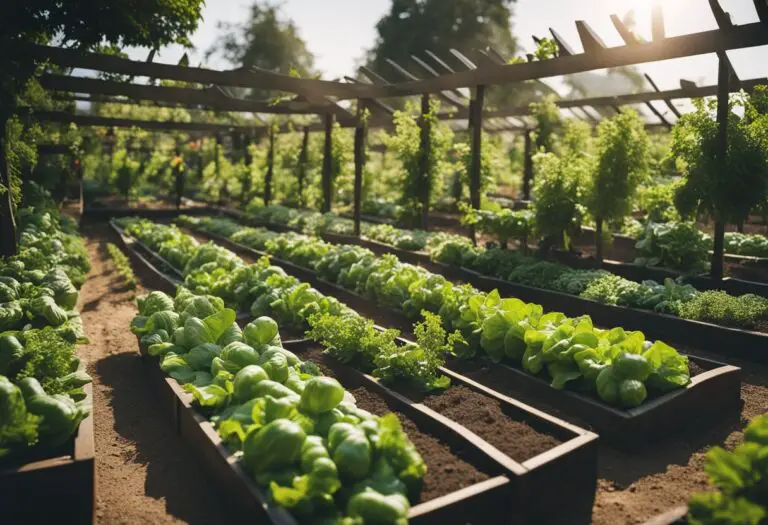How to Tell if a Plant is a Fern
Being a gardener or a plant enthusiast, the identification of plants plays a vital role. Every plant is equally valuable and significant on the earth.
However, a sudden new plant appearing in your garden might make you curious or astonished as well.
Also, if you want to start gardening, then identifying plants whether they are ferns or not is more necessary to enrich your garden’s look.
Hereby, in this article, I’ll provide you with some basic characteristics of ferns that thoroughly differentiate ferns from a normal flowering plant. So let’s delve into the topic.
Characteristics of Ferns
Every plant has certain characteristics that define it to a particular genre or that sector’s species. Let’s see ferns’ characteristics which thoroughly define their identity as ferns.
Reproduce via Spores
Ferns mainly reproduce via spores instead of seeds. Ferns produce tiny title spores which are Known as sporangia, meanwhile, in the cluster, it’s called sori.
These densely formed spores mainly stay under the fronds or leaves of ferns. Or we can say, it stays beneath the fronds. Later on, the spores germinate and gametophytes are born.
After that, gametophytes develop or produce male or female families which are called zygotes. Lastly, the zygote gives birth to another sporophyte and this circle remains on.
Leathery Fronds of a Fern
Usually, fern leaves are identified as fronds. These fronds are graceful and rotted with their base forms and form chain-shaped structures.
Sometimes these fronds might divide, or sometimes they might be divided into multiple divisions which are called pinnae. Similarly, every new frond produces the main rhizomes.
Ferns fronds have two purposes; the upper side is for photosynthesis and the beneath side is for reproduction via spores. However, not every frond grows or has spores.
Only mature or fertile fronds produce spores underneath them. Additionally, fronds’ size varies from individual characteristics of fern species.
Flowerless
Another characteristic of ferns is, they don’t grow any flowers or produce any flowers in them. They are flowerless plants.
Usually, from the ancient to the present time of fern evaluation, no ferns have produced flowers. That’s why they have become flowerless plants lately labeled by botanists.
However, ferns like asparagus, and its few varieties, have grown tiny little white flowers during their flower seasons. Still, it’s not counted as a traditional flower plant like other plants.
Rhizomes Like Stems
Ferns rhizomes are the stems of the ferns. This rhizome grows horizontally under the surface of the soil. From these rhizomes of ferns, many new shoots are growing and reproducing.
These rhizomes words collectively come from ancient Greek words which means “mass of roots”. So ferns new fresh grown plants friends on how healthy is their rhizome.
A healthy rhizome can produce many shoots from it. Therefore, rhizomes are one of the important characteristics of ferns to identify them as ferns.
Ferns Fiddlehead
Fern fiddleheads are another important characteristic to identify a plant as a fern. Generally, normal flowering plants grow from shoots and then they grow up.
But in this case, ferns grow from spores by germinating. That’s why young ferns’ fronds coiled with each other while creating a round shape.
Their average height is around 2 to 5 cm at their initial stage. Later on, those fiddleheads grow fronds on each side while associating to their baseline that is already attached to rhizomes.
All these above-mentioned characteristics identify a plant as a fern.
Sum Up
In short, ferns are flowerless plants that produce spores to germinate. However, their leathery leaf and rhizomes also differentiate ferns from a general plant.
Thus, Ferns are green vascular plants that don’t grow or produce any flowers, rather they have feathery or leafy fronds that produce spores to germinate.
By understanding fern’s true characteristics and features, you will be able to differentiate them from other plants from now on.








I think you have mentioned some very interesting details , regards for the post.